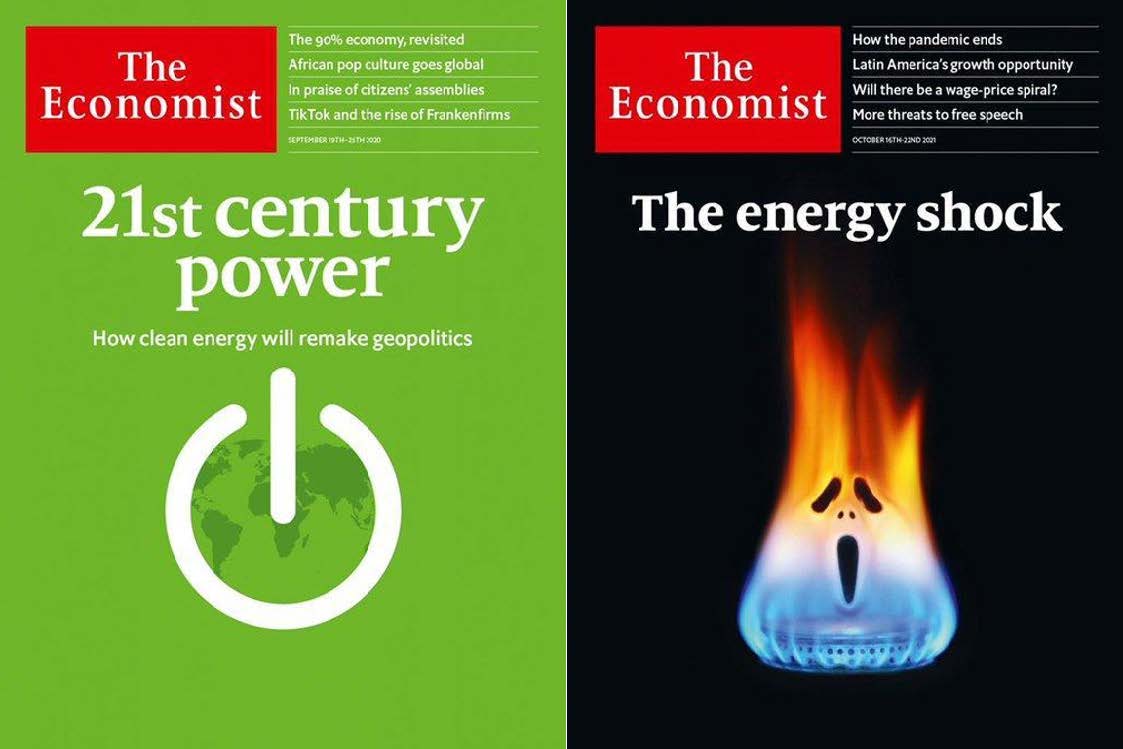Nation after nation is making pledges to achieve “carbon neutrality” over the next 25-30 years. Their carbon neutrality targets are being promulgated to memorialize their commitment to addressing the climate challenges. In the context of this fluid sentiment and policy environment, nuclear energy has been paired with recently announced net zero-targets in the EU (2050), UK (2050), Japan (2050) and China (2060).
A lofty goal? Yes. Will they achieve it? Hard to say. What we do know for certain is that power generation around the world is one of the largest contributors to pollution and carbon emissions. China, currently the world’s largest polluter, has issued a plan of sorts – aiming to have CO2 emissions peak in 2030 while achieving carbon neutrality by 2060. Consider the stunning fact that a single coal plant generates as much waste by volume in one hour as nuclear power has during its entire history. Coal plants also release more radiation to the environment.
Ironically, China – while aggressively committed to its nuclear buildout – is at the same time still building more coal-fired plants! Looking ahead at Chinese nuclear, cost overruns and extremely long permitting times are being overcome with standardized designs like China’s Hualong reactors that are now in their second generation, and can be built one after another in “fleet mode”. One thing is certain: there will be “No, not in my backyard” resistance for China’s planned 150 nuclear reactor buildout.
The nation of Japan, which had turned its back on nuclear power in the wake of Fukushima a decade ago, has admitted that it is impossible to achieve its climate goals without nuclear power, and is turning idled Japanese reactors back on. Japanese reliance on soaring liquified natural gas (and coal) to fill the nuclear gap has had negative consequences for the world’s climate and their own competitiveness. France, which up until recently was planning to diminish the footprint of its nuclear power generation, has just announced aggressive new nuclear buildouts in response to the energy crisis. India is also feverishly building new reactors and has just announced plans to build six new 1.6GW reactors.
Millions of citizens around the world now have a new understanding of the limitations of renewables
Further complicating the parochial thinking of the traditional “Green Movement” has been the exposure of the frailty of renewables over the last year: The state of Texas which had made a significant investment in wind-generated power saw its wind turbines freeze up and seize. In Germany, millions of solar panels were blanketed in snow while 30,000 wind turbines sat idle because there was no wind. In Japan, the government was forced to admit the failure of a US$580M wind power initiative launched post-Fukushima as it shut down the last two wind turbines that were part of the project because they were only functioning with 36% efficiency.
Millions of citizens around the world now have a new understanding of the limitations of renewables. Suffice it to say that there is a heightened understanding that nuclear power represents reliable base load power that can run 24/7, 365 days a year. It is now clear that the single-minded strategy of mitigating “climate change” solely through renewables has the unintended result of an unstable and unreliable energy grid. Nuclear power is not only emission free, but also reliable, baseload energy.
As if the climate challenge was not enough of an impetus to re-embrace nuclear power, many regions in the world are currently facing an acute energy price spiral. Europe now finds itself in a full-blown energy crisis and European governments are acting with urgency and a new understanding of the frailty of renewables (i.e. when the wind doesn’t blow or the sun doesn’t shine). This “energy shock” has resulted in real and tangible nuclear energy momentum in Europe.
It should be well understood by all that a politician’s prime goal is to stay in office, and they now realize that the prospect of having their citizenry shivering in their homes this winter is not a recipe for that outcome. To give you a sense of how quickly the sands have shifted, we offer as prima facie evidence these two covers from The Economist below. On the left, the September 2020 cover; on the right, the October 2021 cover.
It is clear that a growing number of investors – and now, politicians – have come to the realization that’s been obvious to the friends of nuclear power for decades: nuclear must be an essential element of achieving the goal of carbon neutrality.
Apart from hydro or geothermal, there is no other non-carbon emitting baseload power besides nuclear, and the recent failures of renewables have left politicians who pinned their national energy policy solely on them looking silly. The recent 2021 United Nations Climate Conference (“COP 26”) held in Glasgow, Scotland, will be looked back on years from now, in our view, as the reincarnation of nuclear power as a rational solution to the world’s growing climate challenge. The wrangling over whether nuclear will be included in EU taxonomy has been torturous but despite Germany’s contortions, we expect a positive resolution early in the new year. That development would make nuclear eligible for attractive low-cost financing as well as foster mandated flows for uranium shares by European investment managers who have been constricted by “green” investment mandates.

Wall Street’s tendency to be attracted to “themes” is well documented. Throughout 2021 the focus has been on the “ESG” (environmental, social & governance) characteristics of a company and that trend has been picking up momentum. Increasingly, institutional investors are applying these non-financial factors as part of their analysis process in terms of determining whether an investment is suitable for the funds they steward.
How does that relate to the uranium industry? Climate change has clearly become a hot-button issue. All manner of industries, from electric vehicle manufacturers to solar stocks to renewable energy alternatives that address carbon emissions, are receiving outsized valuations. How impactful can ESG-driven investment flows be? Earlier this year, Morgan Stanley issued an insightful research report entitled “Rate of Change – ESG investing is going mainstream”, citing valuation changes in what they labeled as the “U.S. clean energy space”. In that report they included the following passage: “With more money moving into ESG, pure-play green investments have seen valuations skyrocket… we think the power behind green investing and socially responsible investing will continue to grow…” From our perspective, this trend is undeniable. Nuclear power – once thought of by many as a menacing source of power generation – is now being reconsidered by many, including the environmentalist left, as a clean energy source to be embraced.
In short, nuclear power and uranium producers now check many of the ESG boxes. Along with all of the other underlying bullish elements that support our bullish uranium investment thesis, the increase of ESG investment flows into this tiny space will, in our view, lead to dramatic increases in uranium equity valuations over time. Have the ESG flows already started to influence the uranium sector? We think they have, and we believe they will continue, perhaps quite substantially.












